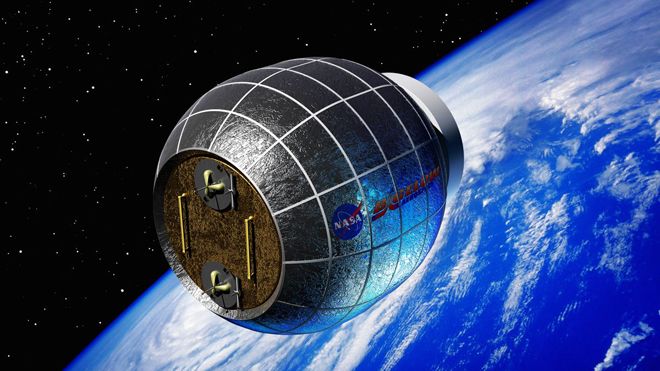
NASA unveiled plans yesterday, January 16th, that the commercial company Bigelow Aerospace will be contracted to build an inflatable room to be added to the International Space Station.
This news does conform to the ongoing process of ever more private space endeavors, with companies competing and leading the way to spur U.S. and indeed human space innovation for the future.
Mission
The inflatable module will be attached to the International Space Station and will be called Bigelow Expandable Activity Module (BEAM for short). It will be attached and be a part of the orbiting laboratory for an estimated two years or more. During this time it will undergo extensive testing and evaluation. Evaluation a great variety of certain parameters relevant for space habitats, such as temperature stability, pressure, and radiation levels.
The BEAM will be delivered to the ISS by another commercial company, SpaceX, on what is planned as to be the eighth cargo resupply mission with the Dragon and the Falcon 9 rocket.
Advantages
- The size of the habitat is not strictly constrained by size of the launch vehicle
- Some designs have actually higher resistance to space debris than the traditional aluminum shell designs.
- Some designs provide actually higher levels of shielding against radiation than traditional designs.
Construction Material
Some common elements of design and choice of construction material include interwoven layers of Kevlar and Mylar. The shape of the module is maintained by the pressure difference between the internal atmosphere and the outside vacuum. The module prototypes have an internal core which provides structural support during its launch into orbit.
The first design and manufacturing drafts of an inflatable space habitat were made in 1961 already with a space station design prototype produced by Goodyear for NASA.
Is inflatable modules the Future?
The BEAM is, if successful, perhaps a glimpse of the future to come for space habitats. Bigelow presents the idea of a possible future design called “Alpha Station”. It is intended to be the first commercial space station. This would consist of two “BA 330” module designs (a far bigger module design than BEAM) and would be ready by 2016 according to the company.
Further, into the future, inflatable modules could be an important part of enhancing the living space of deep-space stations, such as based on the moon or even Mars. As they are light and easy to transport – both of which are indeed crucial aspects for all endeavors in space.
Watch below how the BEAM will be attached and inflated:
_______________
NASA ISS News
______________________________


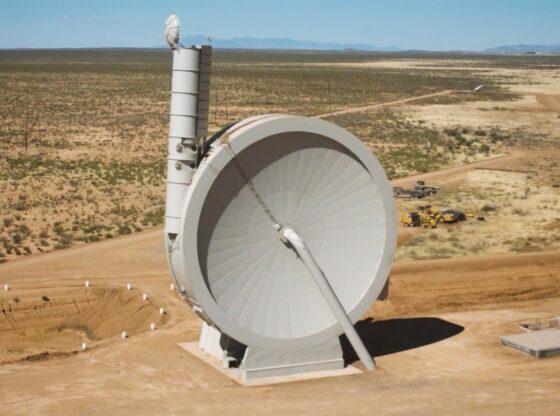
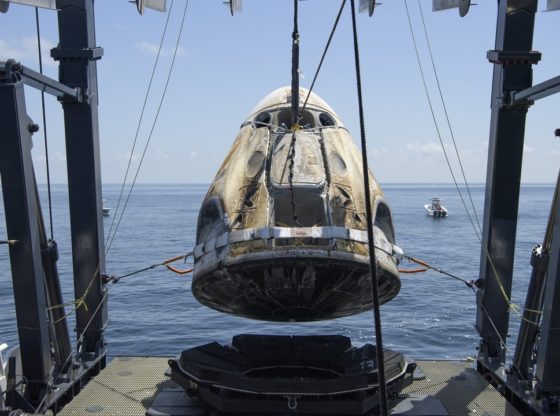
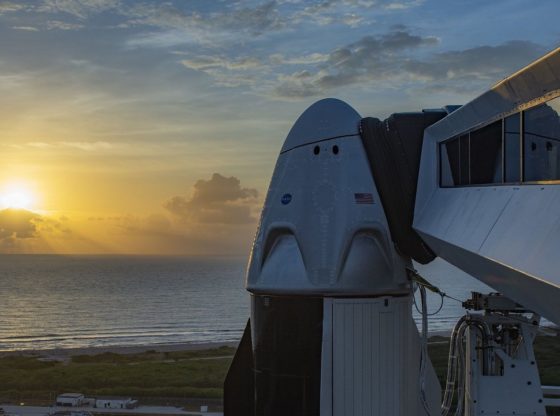
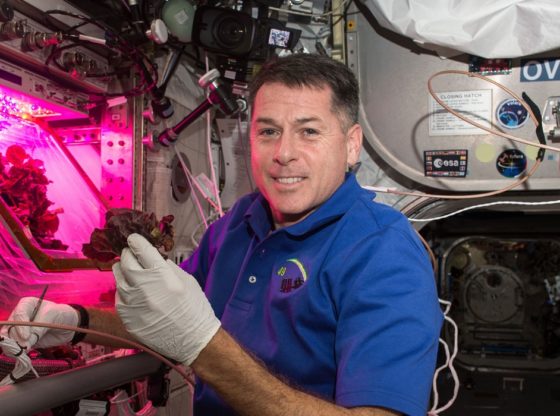

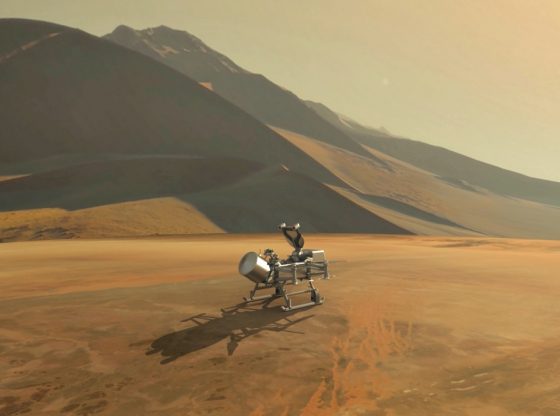
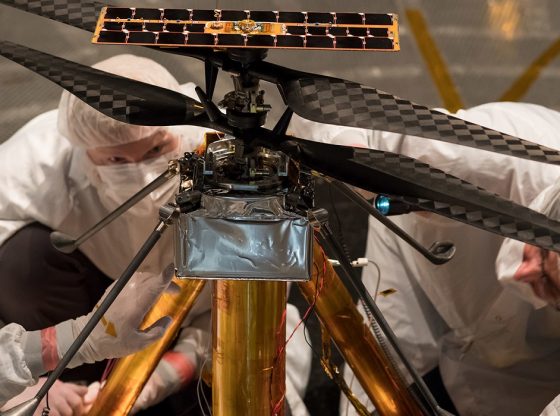

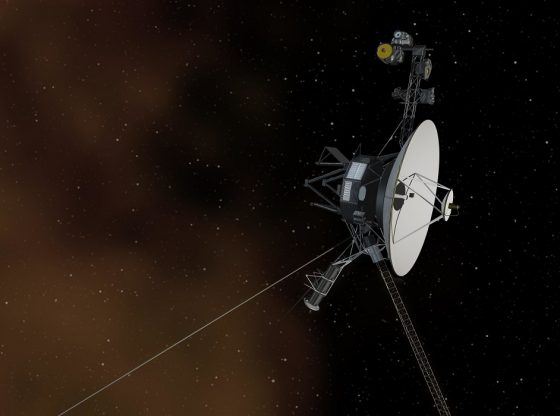
![OpenAI. (2025). ChatGPT [Large language model]. https://chatgpt.com](https://www.illustratedcuriosity.com/files/media/55136/b1b0b614-5b72-486c-901d-ff244549d67a-350x260.webp)
![OpenAI. (2025). ChatGPT [Large language model]. https://chatgpt.com](https://www.illustratedcuriosity.com/files/media/55124/79bc18fa-f616-4951-856f-cc724ad5d497-350x260.webp)
![OpenAI. (2025). ChatGPT [Large language model]. https://chatgpt.com](https://www.illustratedcuriosity.com/files/media/55099/2638a982-b4de-4913-8a1c-1479df352bf3-350x260.webp)








